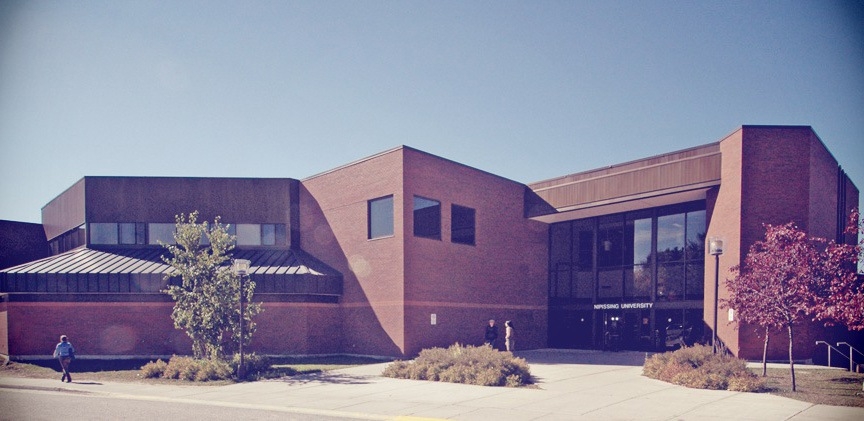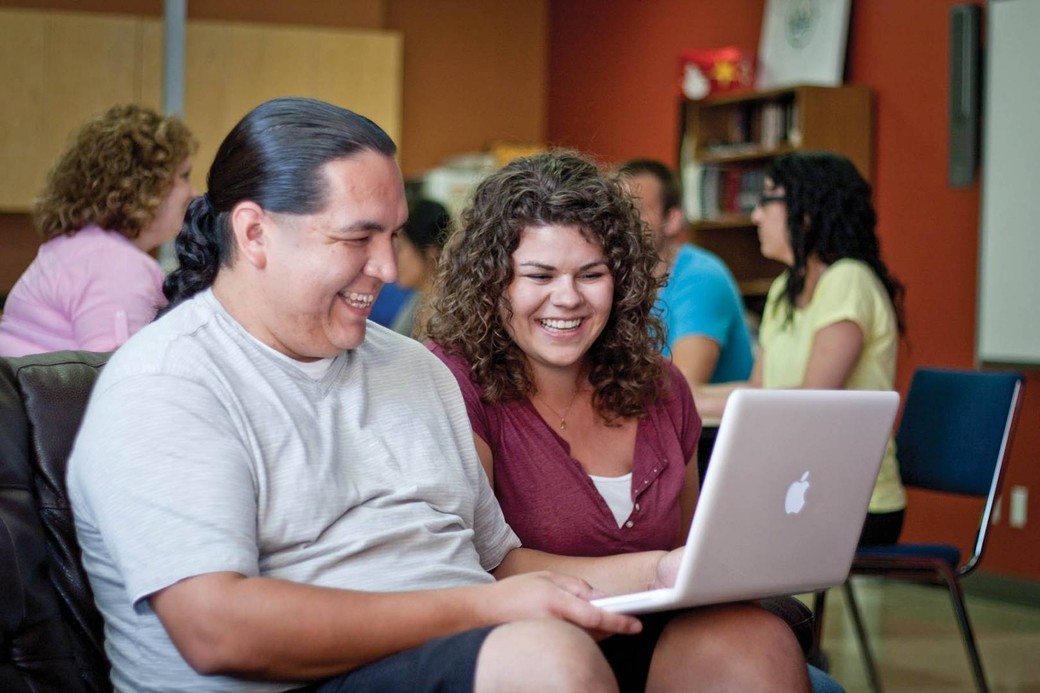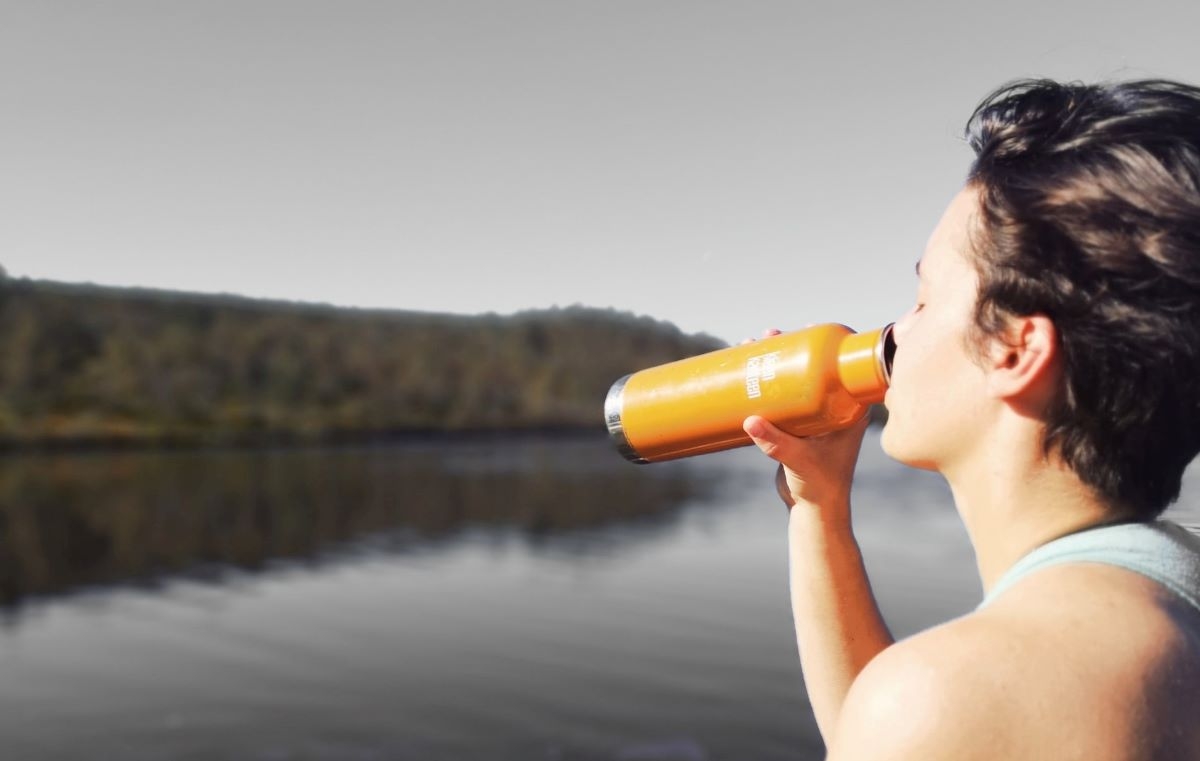
Truth and Reconciliation and a Need for Change
A solemn air swept through Winnipeg on June 16 as the Truth and Reconciliation Commission of Canada (TRC) launched its first national event to raise awareness of the horrific crimes of the Indian Residential Schools. The four day gathering provided the opportunity for survivors to share their traumatic and painful experiences. Carrying the message that the physical, emotional and sexual abuse inflicted upon Aboriginal students at these government and church-run schools has impacted everyone, many victims participated in a healing walk to honour those who have since passed.
The effort also hoped to capture the stories in hopes of creating an historical account from the victims’ perspective of what happened between the 1920s and the 1980s that just hasn’t been done. There are many stories still untold and many horrors yet to uncover. This is just one example of how the Canadian government has consistently turned its back to Aboriginals. However, a new generation is taking charge, forging a new path of enacting change and seeking solutions to past disgraces. Capturing the stories is one such step.
There are many other injustices and inequalities that continue to exist that put Aboriginals at a disadvantage across the country. Poverty, safe drinking water, health care, barriers to employment and education and a lack of self-determination (political rights) continue to plague so many Aboriginal communities in Canada.
As Canada’s Aboriginal population look to a positive future based in selfgovernment, the need for changes in policy and structure is evident to address the issues of the oppressed culture and nullify associated myths and stereotypes.
Poverty/Inequality
Living conditions for First Nations rank 63rd or amongst Third World conditions, according to an Indian and Northern Affairs Canada (INAC) study. The Assembly of First Nations reports that the average Canadian receives services from all three levels of government at an amount tallying almost two and half times greater than what First Nations citizens receive. Another INAC study identified the quality of life gap between Aboriginal peoples and Canadians stopped narrowing as far back as 1996. This is the same year the government capped funding increases for INAC’s core programs at 2 per cent per year.
Child poverty statistics are shockingly high. The Centre for Social Injustice says that 52.1 per cent of all Aboriginal children were poor in 2003. Half of Reserve housing requires renovations and over 5,000 homes do not have sewage service. Furthermore, Health Canada said many of Aboriginal communities had to boil their drinking water as a quarter of water infrastructures are at high risk for contamination.
Health Care
The suicide rate for First Nations youth is five to seven times higher compared to other Canadian youth. It is the leading cause of death of those aged 10 to 24-years-old. Foreign diseases, historically brought by European settlers have had a devastating effect, including the rate of tuberculosis on First Nations reserves which is 31 times higher than the rate for other Canadians. Rates of diabetes are four times higher than the national average. The government was so inept when it came to the H1N1 pandemic, that instead of ensuring people in isolated communities were all vaccinated, the government sent body bags. (Thankfully nobody actually died because of H1N1 in those communities.) Access to proper health care for Aboriginal populations has been limited due to geographic location and federal, provincial and jurisdictional disputes, according to the CSI.
HIV/AIDS cases have increased and Aboriginals account for 16 per cent of cases in Canada, (and they account for 23.4 per cent of new HIV infections which is 2.8 times higher than non- Aboriginals). Furthermore, 45 per cent of these cases are women with 40 per cent of that number under the age of 30.
Employment Barriers
The unemployment rate among Aboriginals is almost twice as high as the Canadian average. As of 2001, youth were twice as likely to be unemployed. The CSI cites a 1995 survey among employers who sited challenges in communication, culture, skills and misconceptions when hiring and retaining Aboriginal employees.
Education
Education rates for First Nations student’s on-reserve are abysmal. The AFN estimates approximately 70 per cent of First Nations student’s on-reserve will not complete high school. The AFN also says that there has been no recent progress to close the gap in high school graduation rates between Aboriginal students and other Canadians. At the current rate of progress, the Auditor General of Canada has estimated that it would take 28 years to do so. University degrees were completed by 8 per cent of Aboriginals aged 25 to 34 in 2001, compared with 28 per cent of the rest of Canadians. Furthermore, underfunding has placed approximately 10,000 students on waiting lists for post-secondary education.
Self-Determination
No effective action has been taken by the Canadian government to advance self-determination and self-government. The AFN also aims to “improve dispute resolution mechanisms that recognize the inherent injustice in delaying the settlement of lawful claims and meeting historic treaty obligations.” Lastly, First Nation citizenship also remains an issue, as the AFN wants First Nation jurisdiction to be recognized in order to determine their own citizenship and “has urged Canada to enter into a full process consultation with First Nations to transition away from Indian Act status and put their own systems in place.”
Later this month, the AFN will hold its annual assembly in Winnipeg. The focus this year will be on the advancement of Aboriginal rights through national and international action. The agenda includes a focused dialogue on exercising and implementing rights, supporting communities and families, First Nation governments and nation rebuilding, implementing land rights and ensuring resource revenue sharing and benefit on indigenous territories, nation building and advancing economic and environmental interests concerning water rights, climate change and energy.
During the Truth and Reconciliation Commission event in June, Indian Affairs Minister Chuck Strahl announced that the government will repeal the section of the Indian Act which allowed Aboriginal children to be taken and forced into the residential schools, as a “gesture” to “establish a new relationship with Aboriginal people.” And therein lies the problem. If after all this, the best the Indian Affairs Minister can offer is a “gesture” to remove a section of an Act that is a stain on Canada, then no lessons have been learned about the harm and pain caused by government and INAC. The systematic sexual abuse and the forcible confinement over generations, hurting thousands of Aboriginal children and youth at the hands of Catholic priests and other residential school monitors who were working under the authority granted to them by federal government was disgraceful. Furthermore, the mere “gesture” also means that the sincere apology by Prime Minister Harper to Aboriginals regarding the residential schools blight is meaningless. If Canadians want to make real amends with Aboriginal Peoples, the government must set a timeline to completely shut down the INAC. This department is a major part of the problem that is keeping Canada’s aboriginal community down. It has an exceptionally poor record of managing and controlling Canada’s Aboriginal communities and people. The entire budget and management authority of the department should be transitioned over to the Indigenous governments themselves who are more than competent to run and manage all of these programs on behalf of their own people. That would be a genuine gesture and would lead to real progress.
The Good News
While the challenges facing Canada’s Aboriginal communities are severe there is good news. Many Aboriginal communities across Canada are starting to take control of their own destiny and working around federal intransigence by reaching out to partners in the private sector.
In 2007, the Assembly of First Nations (AFN) issued a national corporate challenge to Canadian businesses that encouraged them to assist Aboriginal communities in their economic and social development. At that time, The Royal Bank of Canada was launching its Blue Water Project, an innovative, wideranging, 10-year, global commitment to help protect the world’s most fresh water resources. RBC committed $50 million in charitable grants to notfor- profit organizations that protect watersheds and provide or ensure access to clean drinking water. Within a year of the AFN challenge, RBC provided grants from the Blue Water program totaling more than $1 million to projects related to water issues in Aboriginal communities in Canada.
Then RBC and the AFN signed a Memorandum of Understanding committing the bank to a two-year action plan to address access to capital, community and social development, employment and procurement for First Nations peoples across Canada. In 2009, RBC introduced Remote Banking, a new banking service for Aboriginal Canadians living in remote areas to make it easier for them to access personal banking services. RBC then launched a new mortgage program, called the Leasehold Mortgage Program that provides First Nations citizens with greater flexibility in financing the purchase or construction of a home. Gordon Nixon, President and CEO the Royal Bank of Canada says that RBC wants to help create economic opportunities that benefit not only Aboriginal people, but the Canadian economy as a whole. In RBC’s 2009 Aboriginal Partnership Report, Nixon observes that “Aboriginal economic development, access to banking services and credit, community and social development, employment, training and education are deeply and intricately intertwined in the pursuit of community prosperity.” Access to capital and training were key for the Unama’ki Tribe in Cape Breton as it developed a business model for its community in the site reclamation business that allowed them to be the lead business in the cleanup of the Sydney Tar Ponds, one of the worst environmental disasters in Canada.
The Mohawk Community of Kahnawake helped Mohawk Internet Technologies (MIT) bring in capital and expertise and worked with the Mohawk Council to develop the guideline to run the enterprise on the reserve. In ten short years, it has become one of the most successful internet service provider businesses in Canada.
In the run-up to the Vancouver 2010 Olympics, the Four Host First Nations: (Lil’wat, Squamish, Tsleil- Wauthuth and Musqueam Nations), came together to showcase their culture, language and heritage through the Legacy Agreements. These Agreements created economic development opportunities for the Four Host First Nations that will continue to provide economic opportunity long after the Games. In Saskatchewan, the Whitecap Dakotas have successfully developed into an economically self-sustaining and growing community with financially independent band members. The Dakota Dunes, a championship, 18-hole golf course that opened in 2004, is the result of a partnership with the Muskeg Lake Cree Nation and the Lac La Ronge First Nation. It is also a testament to the strong leadership of Whitecap’s chief and council. Chief Darcy Bear says “the golf course is a perfect example of working in partnership…. we brought on board a couple of other successful First Nations and we joined forces with them. It was named by Golf Digest ‘The best Golf Course in Canada in 2005’…”
The Dakota Dunes is exemplary of Whitecap Dakota’s effective use of resources while respecting the Dakota culture and protecting the environment. The Golf Links is one of several economic development projects initiated since Whitecap Dakota adopted the First Nations Land Management Act in 2003, which increased flexibility and control over its own lands. In the summer of 2007, the Dakota Dunes Casino opened its doors for business. This world-class facility attracts over a million visitors per year, providing employment for Whitecap Dakota members and many others from the surrounding region. Before the partnership and economic development project by the Whitecap Dakota leadership, there was an unemployment rate of 70 per cent in the community and today the unemployment rate is about 6 per cent. Revenue generated from the casino, and taxation systems like the Whitecap Community Improvement Fee, are reinvested into infrastructure, housing and future economic development. A key project is the new water infrastructure plan which now brings clean water to all residents in the community.
For the Whitecap Dakota and other First Nations in Canada, the future prosperity for their communities rests within the innovation and leadership in those communities and with new partnerships that do not involve government.









